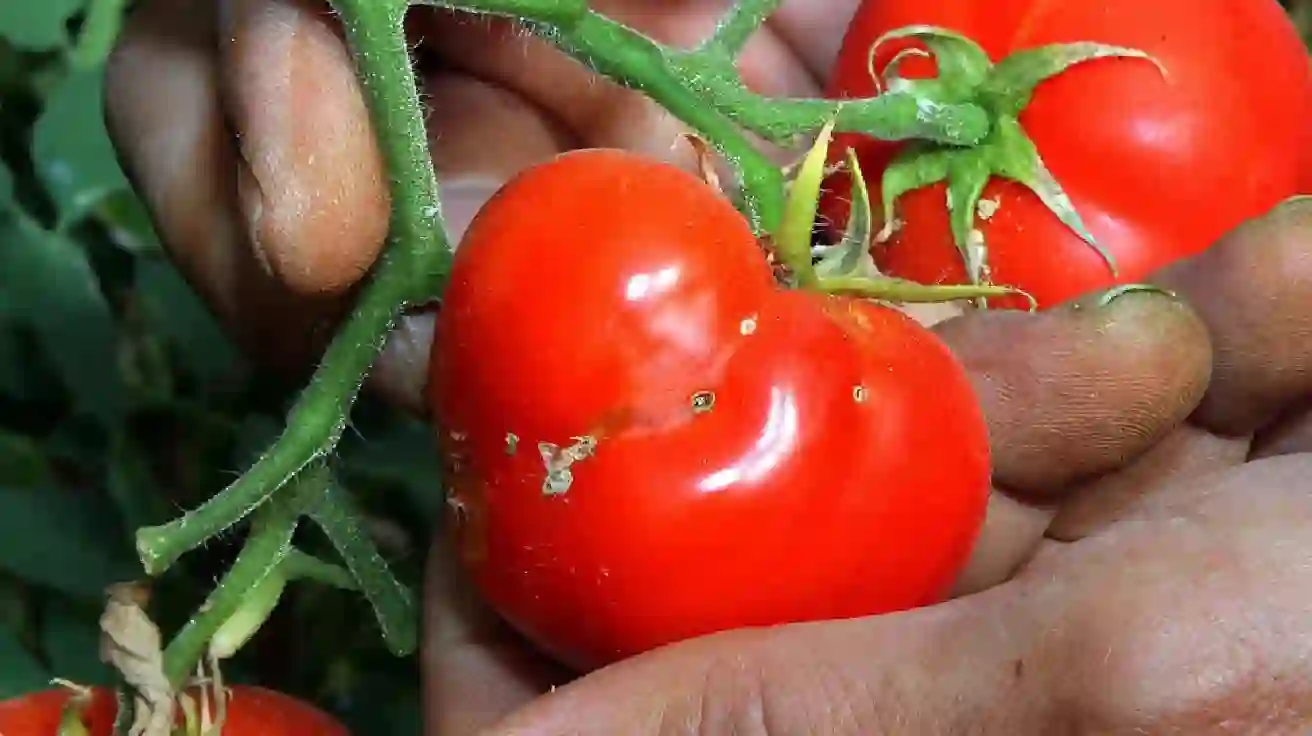
The microscopic South American tomato pinworm (Tuta absoluta) poses a colossal threat to tomato crops worldwide, causing billions in damages annually and developing resistance to common pesticides. This is particularly challenging for small-scale farmers, especially in regions like Africa where the pest has recently spread. However, researchers are uncovering a fascinating natural defense mechanism that could offer a sustainable solution: arming tomato plants with silicon.
While silicon is known for strengthening some plants physically, its role in tomatoes is far more intricate. Scientists at the International Centre of Insect Physiology and Ecology (ICIPE) in Kenya have revealed how silicon supplementation transforms tomato plants into sophisticated traps for pinworm larvae.
Their study, published in the Proceedings of the National Academy of Sciences, showed that when tomato plants absorbed silicon added to the soil (delivered via nanoparticles), a remarkable change occurred. The plants began secreting a dark, sticky substance from the base of tiny hairs (trichomes) on their stems. This goo proved strangely attractive to adult female pinworms, enticing them to lay more eggs directly on the stems, a deviation from their usual preference for leaves.
However, this invitation was a deadly deception. When the larvae hatched and consumed the stem secretion – dubbed “larval toffee” – it proved fatal. Analysis revealed the goo was a blend of sugars and waxes, appealingly sweet but lacking the essential nutrients needed for larval development, effectively starving them.
The detrimental effects didn’t stop there. Consuming this silicon-induced substance also disrupted the pinworm larvae’s gut microbiome. Furthermore, the droppings produced by these larvae emitted a unique mix of volatile chemicals. Astonishingly, these chemical signals acted as a beacon, attracting two specific types of predatory insects known to prey on tomato pinworms.
In essence, silicon empowers the tomato plant to execute a multi-pronged defense strategy: luring pests to lay eggs on a deadly trap, starving the hatched larvae, and then summoning natural enemies to eliminate any survivors.
While experts like Dr. Lawrence Datnoff from Louisiana State University note that further research is needed to understand how different tomato varieties utilize silicon, the potential is significant. This discovery paves the way for developing silicon-based soil treatments optimized for pest resistance and crop yield. It represents a promising step towards reducing reliance on chemical pesticides and enhancing natural, biological pest control, offering a much-needed, greener weapon for farmers in the fight against devastating pests like the tomato pinworm.











